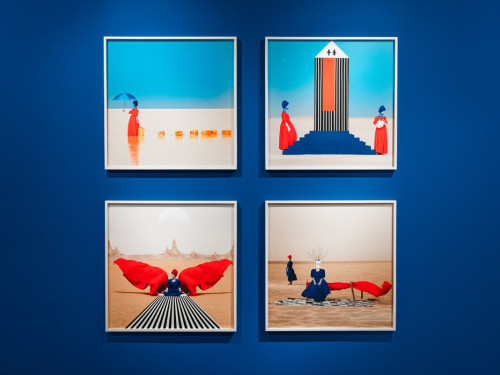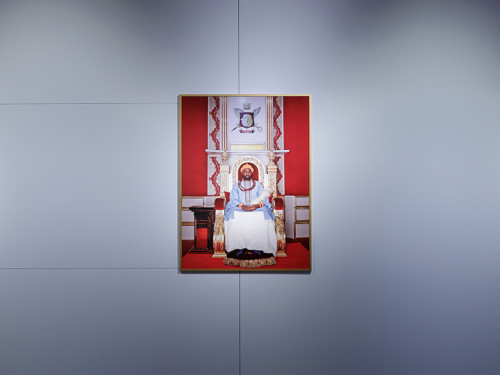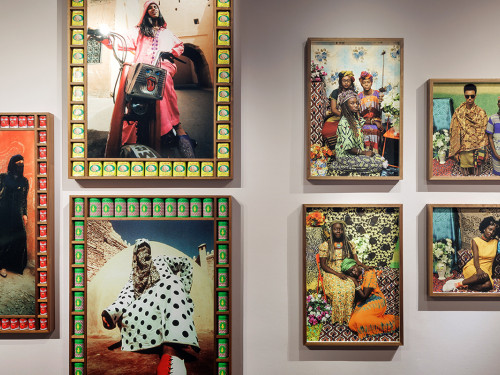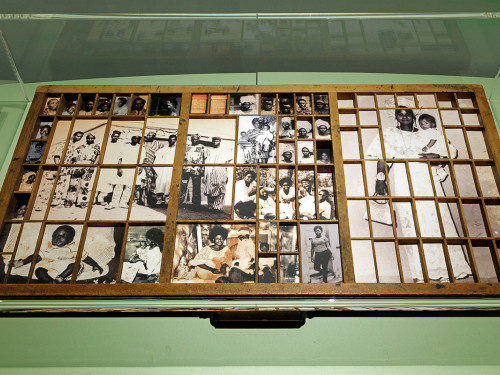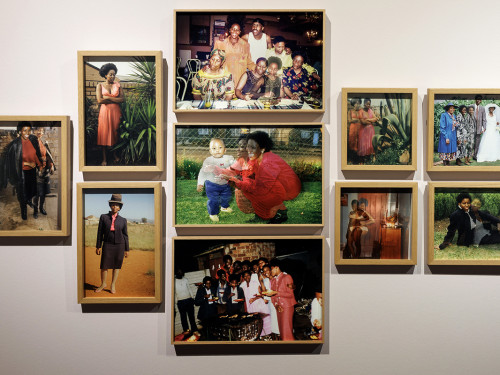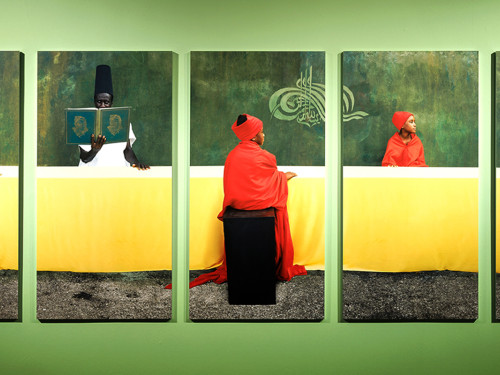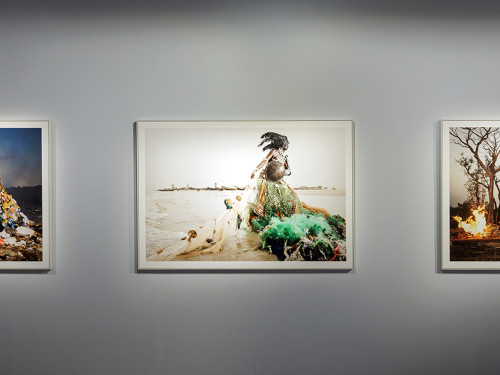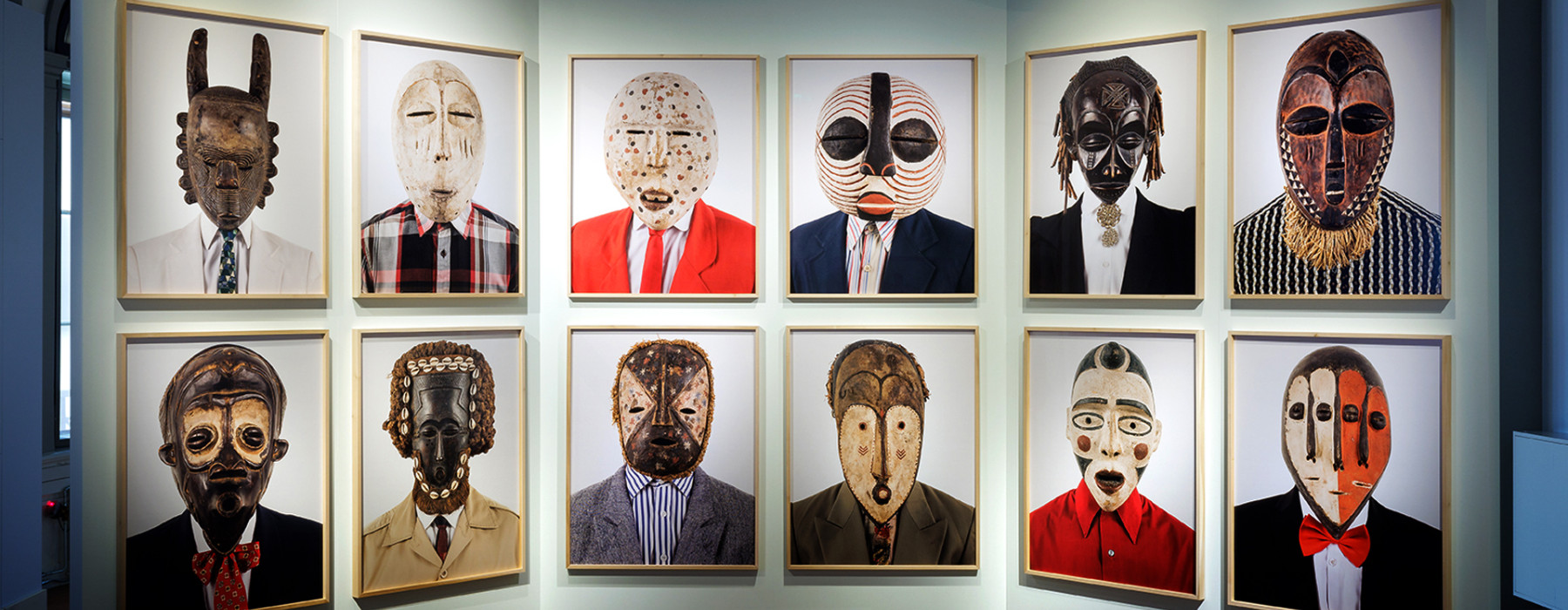
Could you please elaborate on your life story and how it influences your work?
I was born in Angola in 1977, a country which was already in civil war since 1975 and lasted for around 27 years. During that time, I have moved abroad with my family in different times of my early age. Being the most impacting move in 1992 after the first democratic elections which resulted in the continuation of the unfortunate civil war. In this context, my family decided once again to move to Portugal and later I also lived and studied in England and Wales.
Returning to Angola in December 2008, to a city of Luanda, where I had memories of my childhood, had an impact on me, even though, I was in a place where I felt familiar, somehow also felt distant as if I was living a local “diaspora” experience. This constant experience of moving within different territories did create an impact on my growth and for sure on my photographic practice.
What topics drive you to create the work you do and why?
I don’t see as topics but I do feel as part of me. Considering myself as an introspective person and being someone who lived mostly in different countries and places, it could be said that my work “resonates” mostly with questions related to Identity and social economic complexities, within urban spaces and territories.
That being said, those issues are the starting point for rising questions rather than answers. My work is mostly in photographic series, often kept open and unfinished, to which I return over time, embedded in physical and conceptual axes that are simultaneously local and global.
What special meanings are conveyed in the titles you give to your works?
For me, I see titles as rivers, they let the work context flow. For these series the title Tipo Passe, means portraits for a sort of document that as the means to identify an individual, a visual language used globally, for instance on passports or id cards, etc. Representing these masks in this manner, dressed in contemporary clothes, naming each portrait with different names, takes them out of their own context, creating another setting were past and present and its own complexities, share the same space.
(Header credits: Edson Chagas, courtesy of APALAZZO Gallery, Italy; Tipo Passe)
A World in Common is on view until 25 August 2024.
